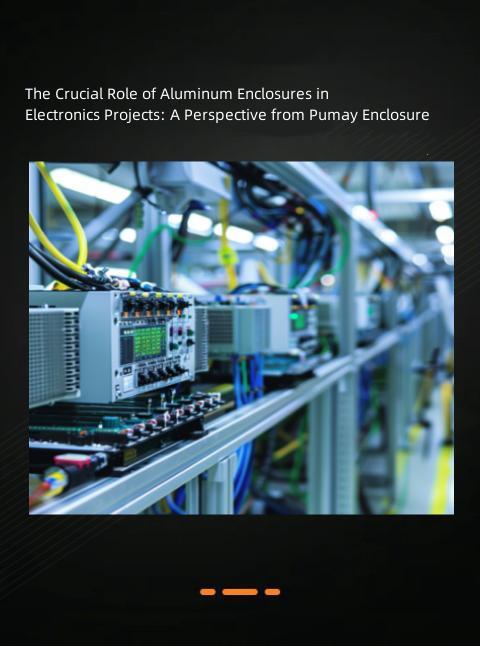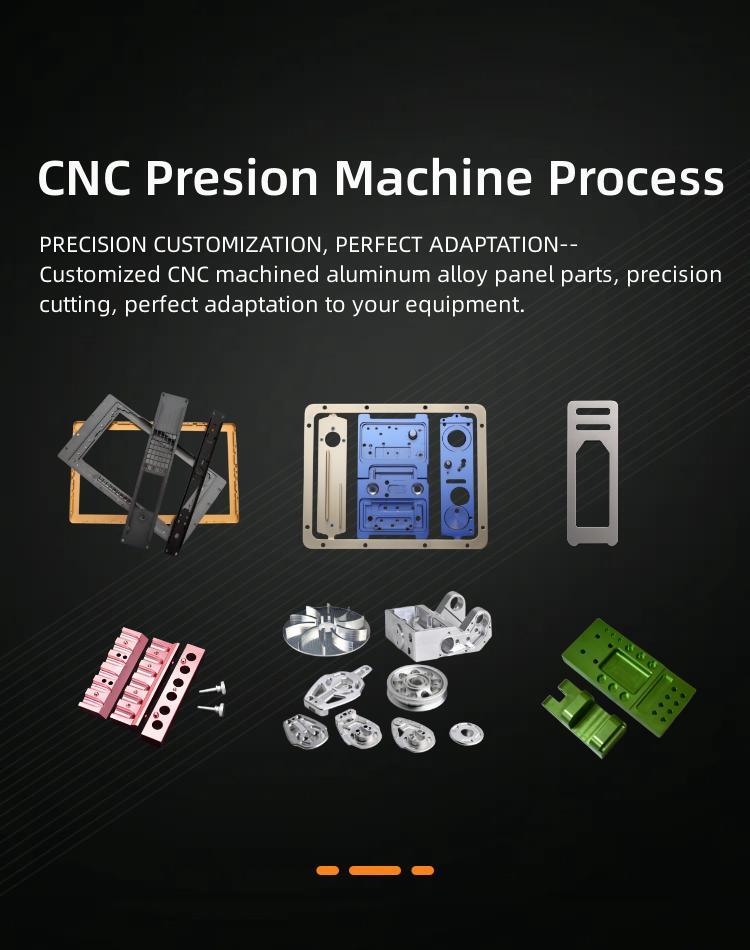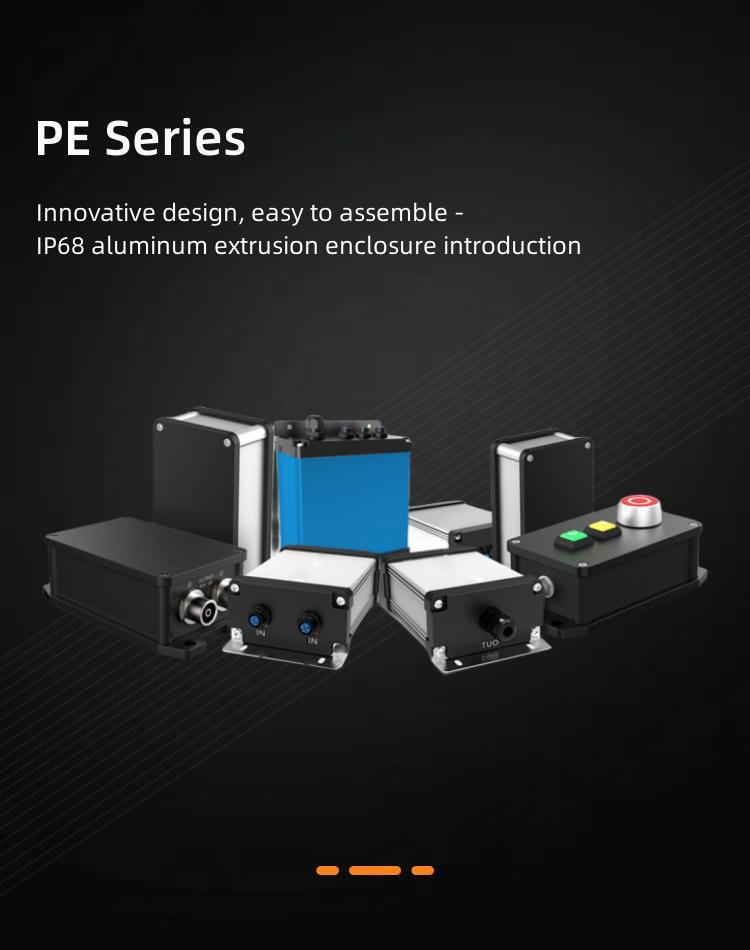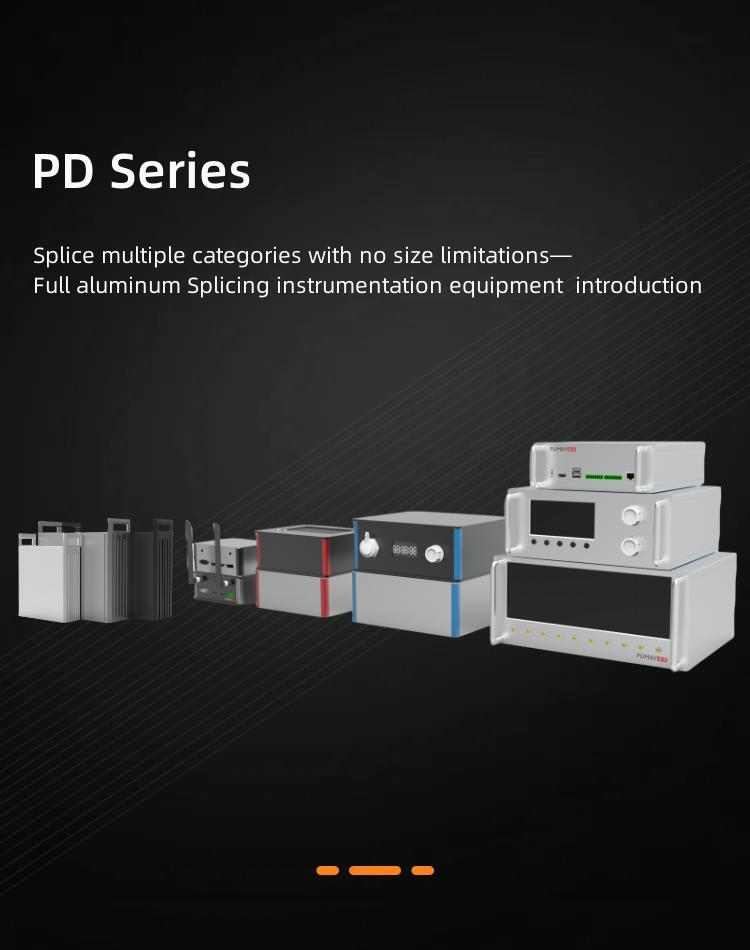Common Finishing Techniques to Enhance the Surface Quality of Aluminum Enclosures after Machining
Abstract: The surface quality of aluminum housings is a crucial factor in ensuring product aesthetics and performance. After machining, various common finishing techniques can be employed to improve the surface quality of aluminum housings, including deburring, polishing, anodizing, powder coating, brushing, sandblasting, and laser engraving. This article will introduce these commonly used finishing techniques and their effects.
After the machining process, it is often necessary to apply finishing techniques to aluminum housings to enhance their surface quality, appearance, and increase their corrosion resistance and durability. The following are commonly used finishing techniques:
Deburring: This process primarily involves removing sharp edges, burrs, and rough surfaces left from the machining process. Manual tools such as files or sandpaper can be used, as well as automated equipment like tumbling or vibratory polishing machines.
Polishing: Polishing creates a smooth and visually appealing surface by removing small imperfections and scratches. It is typically performed using abrasive compounds, buffing wheels, or automated polishing machines.
Anodizing: Anodizing is an electrochemical process that forms a protective oxide layer on the surface of aluminum. It not only enhances the appearance but also improves the corrosion resistance, hardness, and durability of the housing. Anodizing can be done in various colors, allowing for customization.
Powder coating: Powder coating involves applying dry powder paint to the aluminum surface and then curing it under heat to create a protective and decorative coating. This technique offers excellent durability, chemical resistance, and a wide range of color options.
Brushing: Brushing is a finishing technique that creates a brushed or matte finish on the aluminum surface. It involves using abrasive brushes or pads to create uniform linear or circular patterns.
Sandblasting: Sandblasting uses high-pressure air or water to propel abrasive particles onto the aluminum surface, removing impurities, oxide layers, or machining marks. This technique results in a textured or matte surface.
Laser engraving: Laser engraving can be used to create custom designs, logos, or markings on the aluminum surface. It provides precise and permanent decorative effects.
The choice of suitable finishing technique depends on the desired appearance, functionality, and cost considerations for the aluminum housing. By utilizing these commonly used finishing techniques, the surface quality of aluminum housings can be effectively enhanced to meet the requirements for product aesthetics and performance.

 The Crucial Role of Aluminum Enclosures in Electronics Projects: A Perspective from Pumay Enclosure
The Crucial Role of Aluminum Enclosures in Electronics Projects: A Perspective from Pumay Enclosure
 Intelligent Aluminum Processing, Efficient Production, Unlimited Creation! -ALuminum CNC Machine Process
Intelligent Aluminum Processing, Efficient Production, Unlimited Creation! -ALuminum CNC Machine Process
 Dive into Excellence with IP68 Aluminum Profile Waterproof Enclosure
Dive into Excellence with IP68 Aluminum Profile Waterproof Enclosure
 Equipment housings, not just appearance! Assembled Aluminum Profile Instrument and Equipment Enclosures
Equipment housings, not just appearance! Assembled Aluminum Profile Instrument and Equipment Enclosures